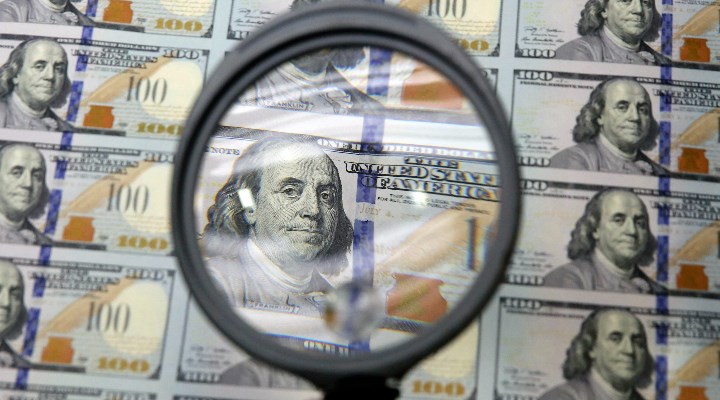
At its meeting today, the European Central Bank (ECB) decided, as widely expected, to leave key interest rates unchanged. It did not announce any details of a future interest rate cut.
Economists now expect the Frankfurt institution to cut interest rates by a further 0.25 percentage points at its next meeting on 12 September.
"The Governing Council decided today to leave the ECB's three key interest rates unchanged," a press release said.
"The newly-available data largely support its previous assessment of the medium-term inflation outlook. Although some measures of underlying inflation rose slightly in May due to one-off factors, most measures remained unchanged or fell slightly in June.
"The Governing Council of the ECB does not commit itself in advance to a specific interest rate path," it added.
The decision was widely expected, so the reaction of the equity, bond and currency markets was muted.
"After the 0.25 percentage point rate cut in June, economists were not expecting any further changes to policy rates this month," says Morningstar european equity strategist Michael Field.
"Ultimately, while the current macroeconomic data is not screaming for further rate cuts, it has not changed significantly in recent months, and certainly not since the June rate cut.
"This should be enough to convince central bankers that the eurozone economy was able to absorb the 25 basis point rate cut and should therefore be able to absorb further rate cuts, albeit at a moderate pace."
Analysts now assume two further interest rate cuts of 0.25 percentage points each in September and December are likely for 2024.
At its previous meeting on 6 June, the Bank had made the following changes to interest rates:
• Main refinancing rate: 4.25%, reduced from 4.50%;
• Interest rate for the marginal lending facility: 4.50%, instead of 4.75%;
• Interest rate for the deposit facility: 3.75%, down from 4.00%.
No new forecasts for inflation or growth were planned for this meeting. In its latest inflation outlook on 6 June, the Bank had raised its forecasts for 2024 and 2025. Economists expect average inflation of 2.5% in 2024, 2.2% in 2025 and 1.9% in 2026. The ECB Governing Council will present new forecasts at its next meeting on 12 September.
In June, consumer prices in the eurozone rose by 2.5% year-on-year, down from 2.6% in May but above economists' expectations of a 2.4% increase. At 2.9%, core inflation, which indicates prices excluding energy and food costs, was at the same level as in May.
"The ECB has clearly signalled that it would prefer to make interest rate decisions at the September and December forecast meetings rather than in July, October or January," Konstantin Veit, executive vice president and portfolio manager at Pimco, told Morningstar on 11 July.
"Inflation is not yet where the ECB would like it to be, but I think the ECB believes that a deposit rate above 3% is still clearly restrictive," he added. Even if the bank were to cut rates twice this year, it would still consider rates sufficiently restrictive in the current inflationary environment.
How Will Rate Cuts Affect Savers and Mortgages?
Stock markets tend to rise when interest rate cuts are expected. In the bond markets, falling interest rates mean lower yields, which pushes up bond prices. Lower interest rates also make existing bonds, especially those already issued in times of high interest rates, more attractive for yield.
At the same time, interest rates on savings in bank accounts are likely to fall, which will have a negative impact on savers. Savers' conditions are primarily dependent on the deposit facility – as this is used to pay interest on bank deposits at the central bank.
Borrowers, on the other hand, benefit from the lower interest rates as consumer and mortgage loans become more favourable. In its latest economic report, the ECB stated financing costs are stagnating at a restrictive level. The average interest rates for new business loans and new mortgages remained unchanged in April compared to the previous month at 5.2% and 3.8%, respectively.





.jpg)












